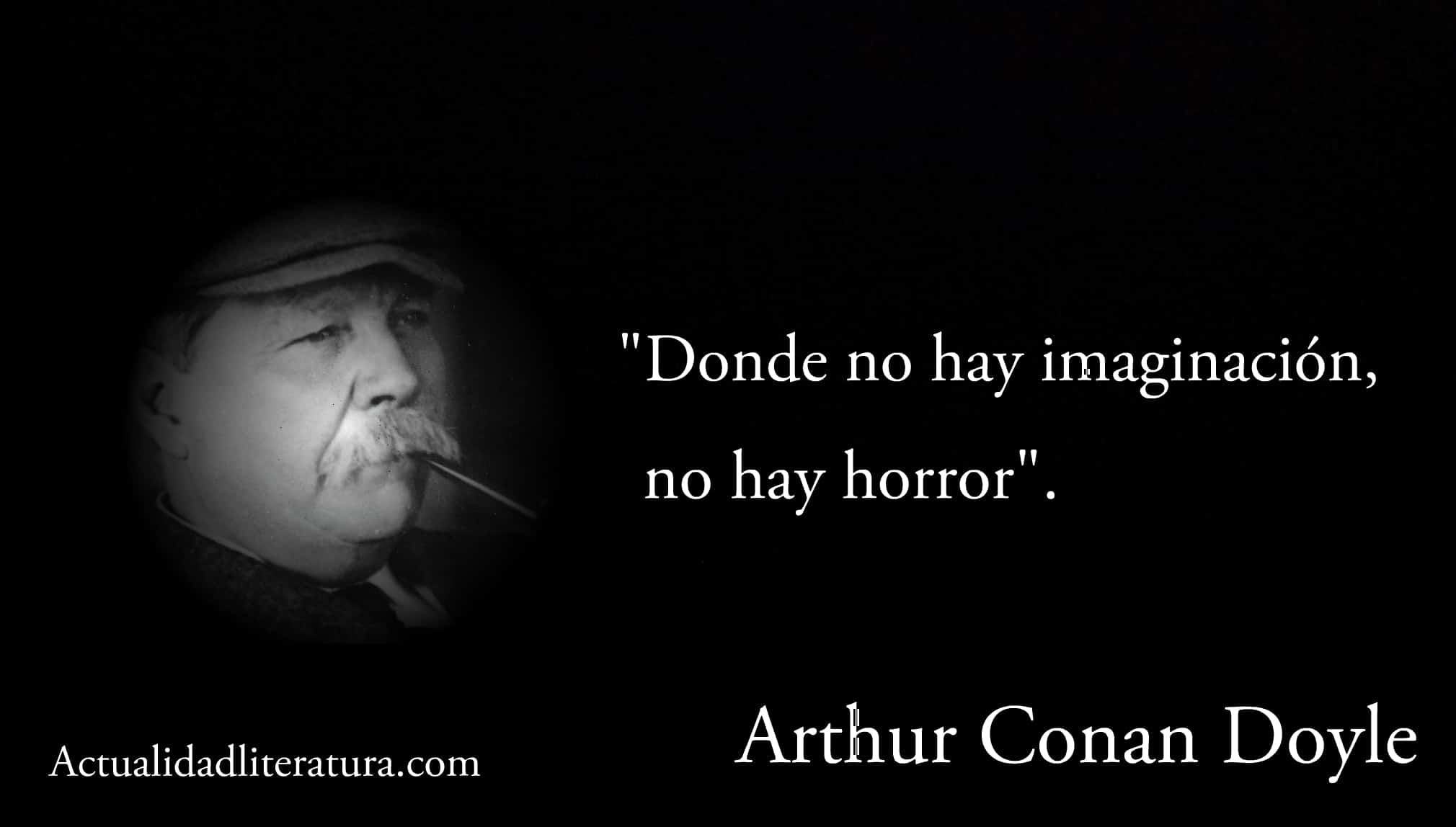
Arthur Conan Doyle quote.
When an Internet user who is fond of reading searches for "the best detective books", the result returns 100% of detective novels. The reason is quite obvious: it is incongruous to conceive a detective story without a detective or without a figure acting as such. Well, who is going to be in charge of solving the crime?
Now, detective texts are not always narrated from the point of view of the persecutor. In this sense we have the so-called "reverse police" -The talented Mr. Ripley (1955), is one of the best known — they describe the perspective of the malefactor. In fact, This genre is so vast and deep, that crime novels have gone further by focusing on the terrifying psyche of criminals and / or in police officers with questionable ethics.
The most famous detectives of world literature
auguste dupin
"First it was Saturday than Sunday," says an old proverb. For that reason It is impossible to analyze the detective genre without starting with Dupin, the first fictional detective in literature. And yes, he was the first famous character within the detective stories, and his authorship corresponds to the great American writer Edgar Allan Poe (1809 - 1849).
In fact, in the narratives Dupin was recognized as Knight, therefore, belonged to the Légion d'honneur French The events surrounding this protagonist —Enthusiast to solve riddles and mysteries— are narrated by an anonymous friend he met in a Paris library. The events of his first book take place in that metropolis.
The crimes of morgue Street (1941)
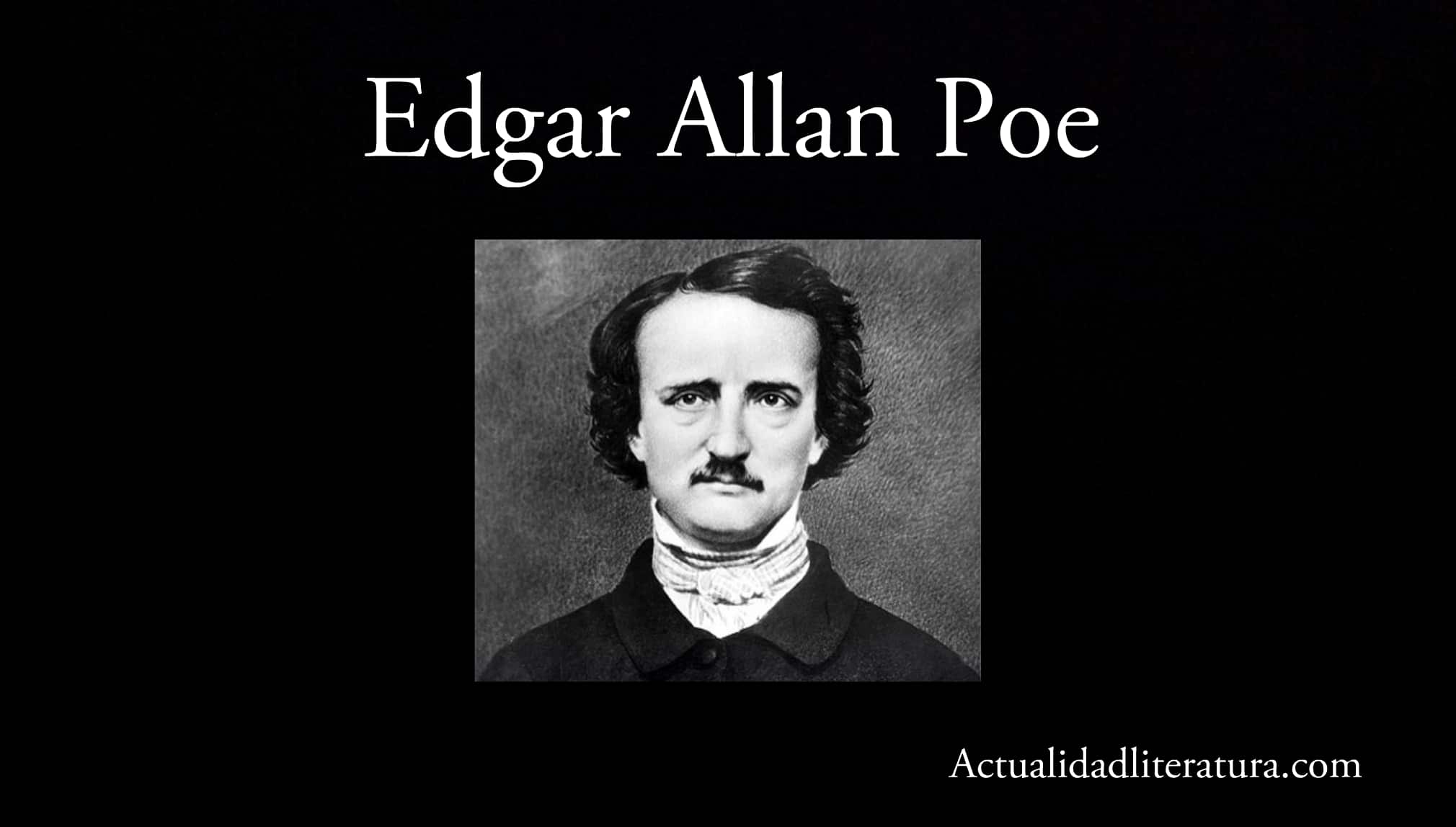
Edgar Allan Poe.
The plot revolves around the mysterious murder of two women, Madame and Madeimoselle L'Espanaye (mother and daughter), committed by a person who fled. So the knight Auguste Dupin enters the scene to prevent the conviction of an innocent man accused of the crime.
To get to the origin of events, Dupin is capable of prodigiously combining his unappealable logic with a touch of artistic imagination. What's more, In his inquiries, he proves to be excellent at reading the body language of those questioned. In this way, he can anticipate possible feelings of aversion, impatience, surprise or doubt and solve all the riddles.
The mystery of Marie Rogêt (1842) and The stolen letter (1844)
The second and third installments starring C. Auguste Dupin demonstrate the author's mastery of the scenarios. If in The crimes of morgue Street the action takes place through a tour of Paris, in the following books the setting is in an open space and inside a private property, respectively.
Likewise, The mystery of Marie Rogêt It was inspired by a real case (that of Mary Rogers, whose corpse was found floating in the Hudson River, New York in 1941). Unlike Dupin's first job in Paris, the motivation of Knight it is entirely monetary (claiming a reward). Finally, The stolen letter it was described by Poe himself as "perhaps my best reasoning story."
Sherlock Holmes
The detective created by Sir Arthur Conan Doyle (1859 - 1930) is distinguished by his incredible intelligence, ability to observe the smallest detail and deductive reasoning. In total, Holmes' "official" stories comprise 4 novels plus 156 stories of varying length collected in several volumes.
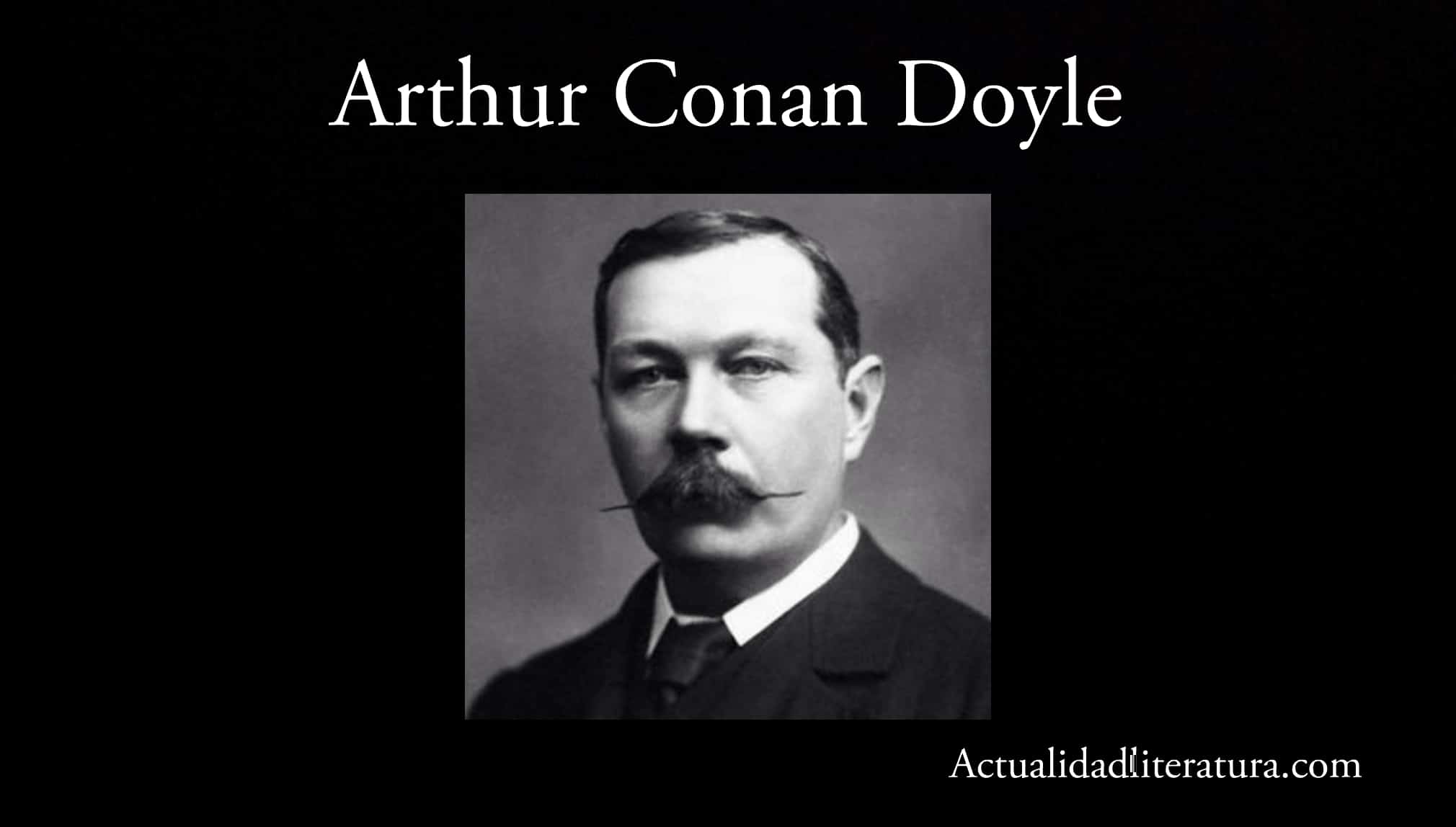
Arthur Conan Doyle.
Below is the list of publications corresponding to the so-called “Holmesian canon” (all must-see within the detective genre):
- A study in scarlet (1887). Novel.
- The sign of the four (1890). Novel.
- The Adventures of Sherlock Holmes (1892). Compilation of stories.
- Memories of Sherlock Holmes (1894). Collection of stories.
- The Hound of the Baskersville (1901-1902). Novel.
- The return of Sherlock Holmes (1903). Collection of stories.
- Valley of terror (1914-1916). Novel.
- His last bow (1917). Collection of stories.
- The Sherlock Holmes Archive (1927). Collection of stories.
Hercule Poirot
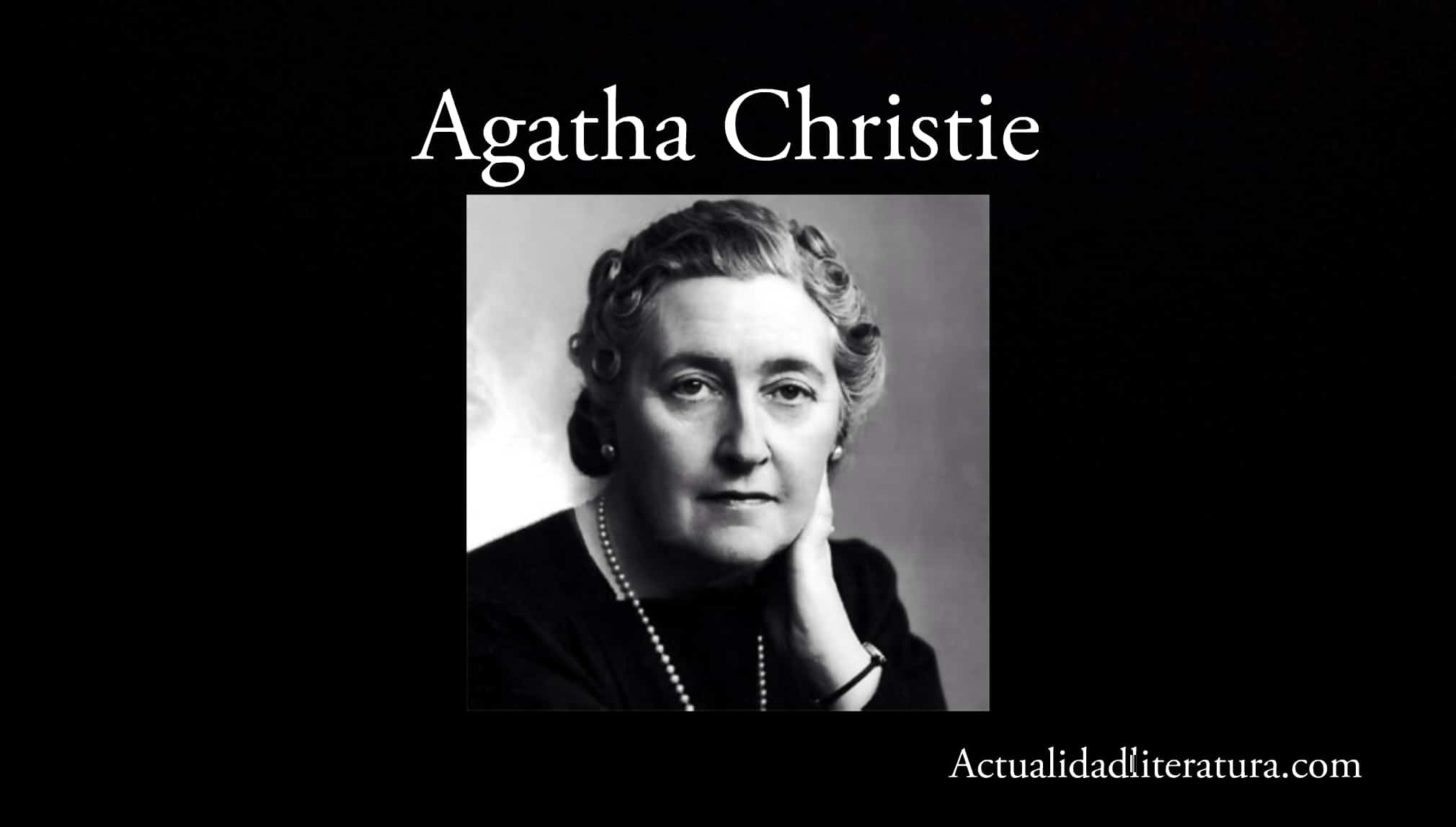
Christie Agatha.
The character of the created by Agatha Christie (1890 - 1975) He is probably the most elegant-looking detective with the most refined manners in world literature. Poirot is described as a short man, proud of his mustache and attracted by research that represents a real intellectual challenge.
In addition, the retired inspector is a lover of "order and method", obsessed with symmetry, comfort, neatness and straight lines. Total, Christie wrote 41 stories starring Poirot (all are authentic narrative treasures), Among the most renowned are the following:
- The mysterious case of Styles (1920)
- The murder of Roger Ackroyd (1926)
- The mystery of the blue train (1928)
- Murder on the Orient Express (1934)
- Muerte en el Nilo (1937)
- Blood in the pool (1946)
- Curtain: the last case of Hercule Poirot (1975)
Sam Spade, the detective "prototype" of the crime novel
In the interwar period of the XNUMXth century, Sam Spade broke the mold of the "politically correct" researcher. Actually, the features of this detective represent the antithesis of honest characters (Dupin or Poirot, for example). Created by the American writer Dashiell Hammlett (1894 - 1961), Spade is comfortable in the underworld
Similarly, his ironic language and subscribing to the slogan "the end justifies the means", ratify his wayward and unconcerned attitude towards the opinion of others ... Only the resolution of the crime matters, at whatever cost. These qualities add an extra spice to his exciting books laden with gloomy atmospheres: The Maltese Falcon (1930) and The crystal key (1931)
The talented Mr. Ripley (or the "reverse cop")
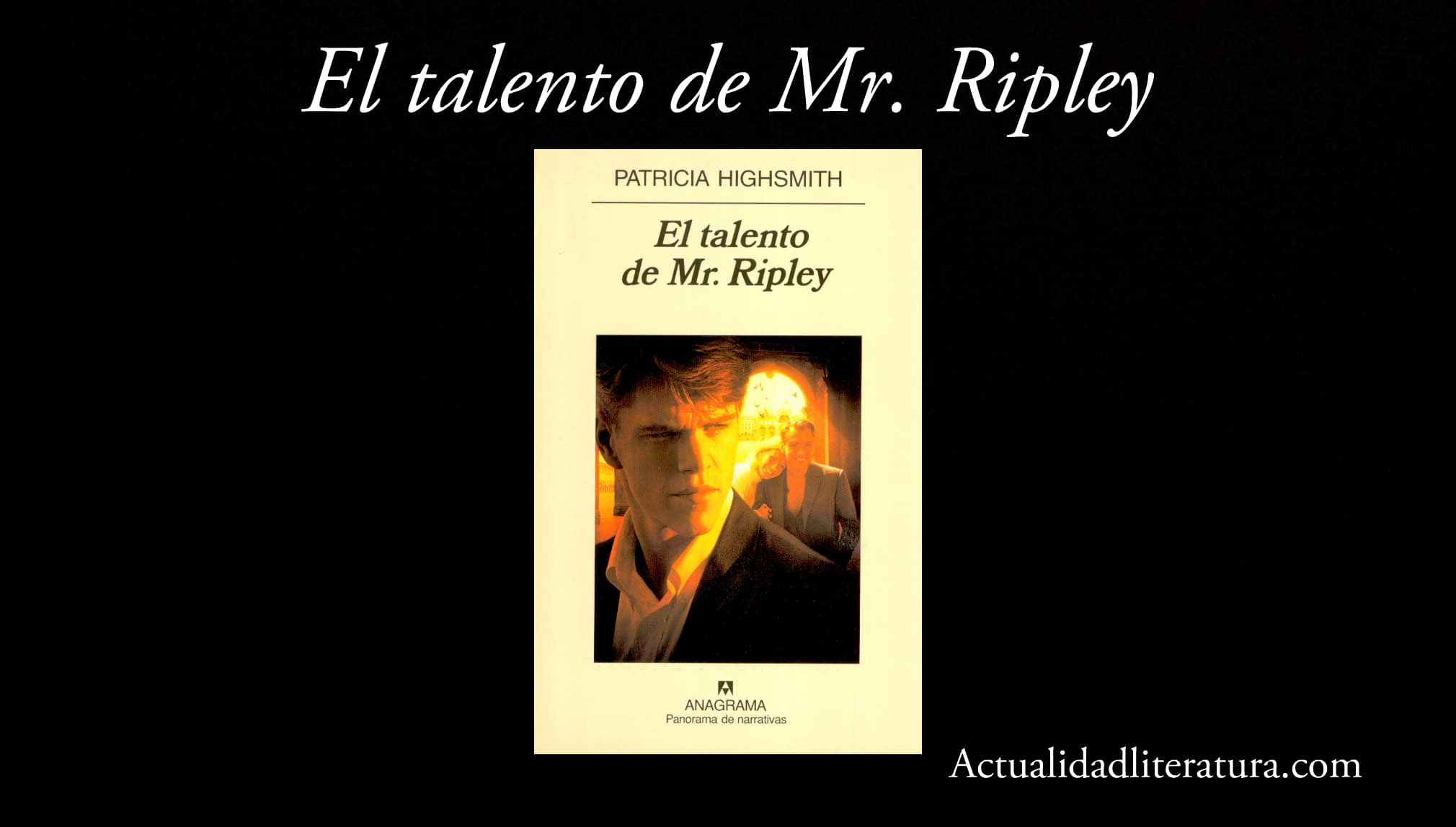
The talent of Mr. Ripley.
This work by the American novelist Patricia Highsmith (1921 - 1995) was named by the Mystery Writers Association of America as one of the top 100 mystery books in history. Published in 1955, much of the significance of this title lies in the storytelling style anchored in the point of view of the malefactor.
On this occasion, Tom Ripley (the protagonist) is a con artist and murderer willing to commit deplorable acts in order to maintain his social status. Therefore, he tries to surround himself with wealthy figures and deceive them thanks to his extraordinary talent: deception. Additionally, Highsmith wrote the following titles starring his con man:
- Ripley underground (1970)
- Ripley's game (1974)
- In the footsteps of Ripley (1980)
- Ripley in danger (1991)
Other great books about detectives
Today, all detective books have the undeniable influence of at least one of the following characters: Dupin, Poirot, Spade, or Ripley. On the other hand, a separate article is needed to list the best detective titles of each era.
However, here are some must-see detective books:
- The candor of Father Brown (1911), by Gilbert Keith Chesterton.
- The eternal dream (1939), by Raymond Chandler.
- Red Dragon (1981), by Thomas Harris.
- I know what you're thinking (2010), by John Verdon.
- Quirke's Shadows (2015), by John Banville.
- To great evils (2017), by César Pérez Gelilla.
They have defined Sam Spade as a "prototype" of a type of detectives.
The proper term is "archetype" since prototypes refer to machines.
Phillip Marlowe, protagonist of the eternal dream, is by Raymond Chandler and the novel was published in 1939. Very good article, greetings.
A magnificent list of works, especially those concerning Doyle and his great Sherlock Holmes.
-Gustavo Woltmann.